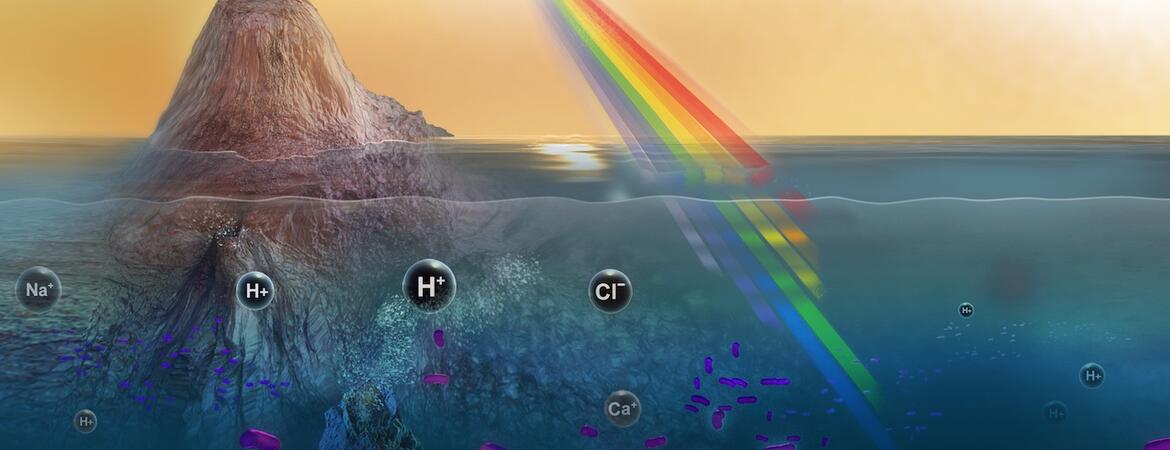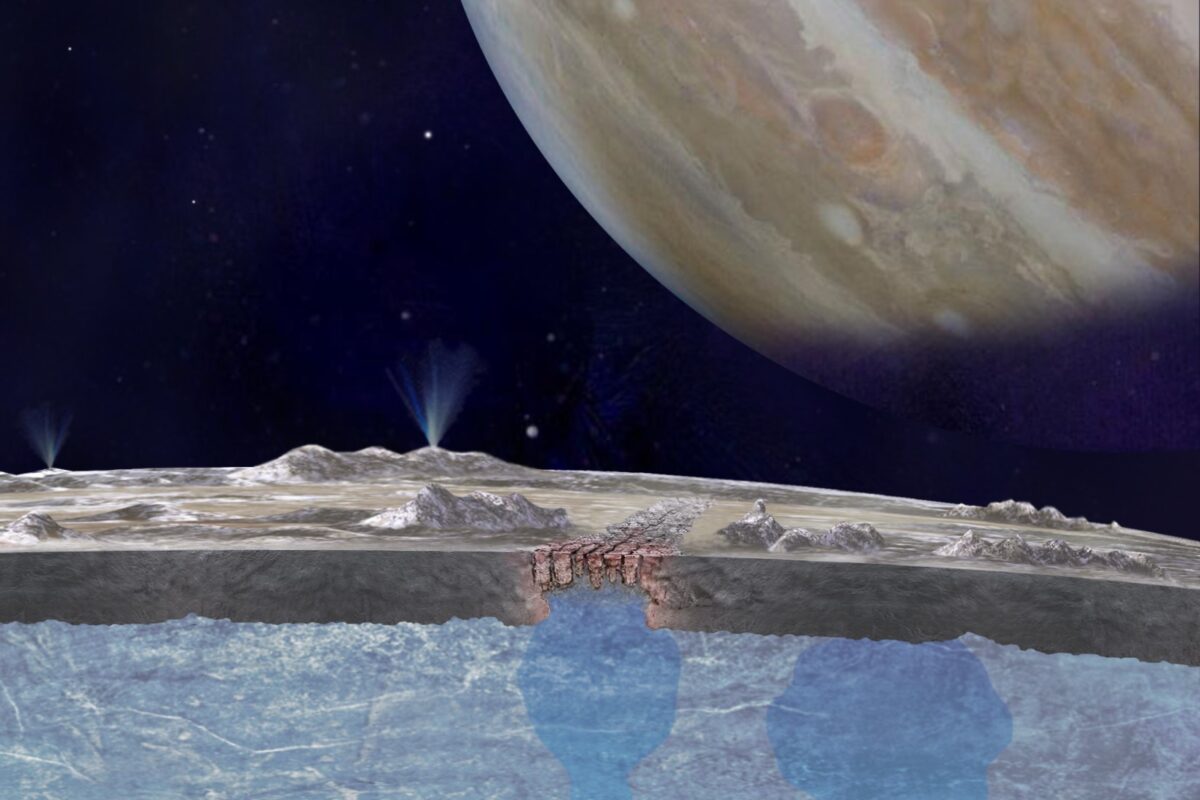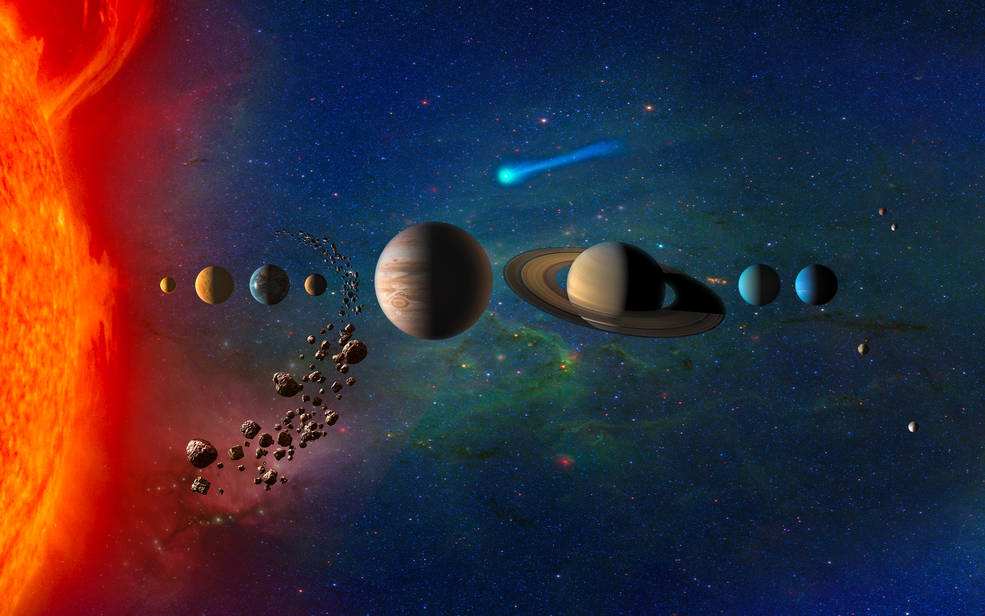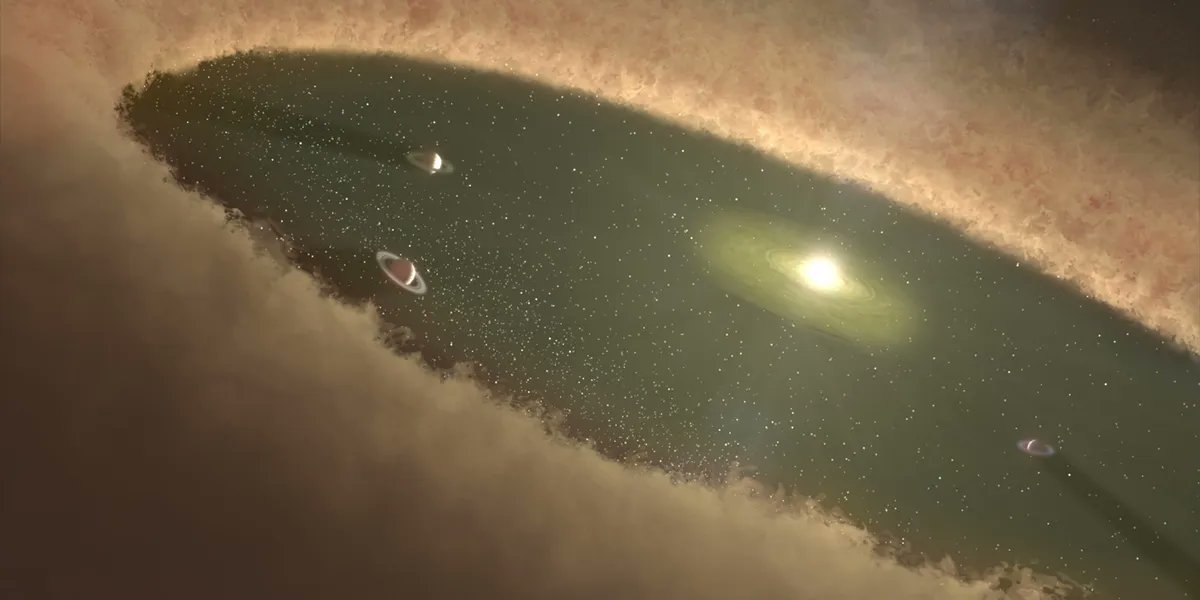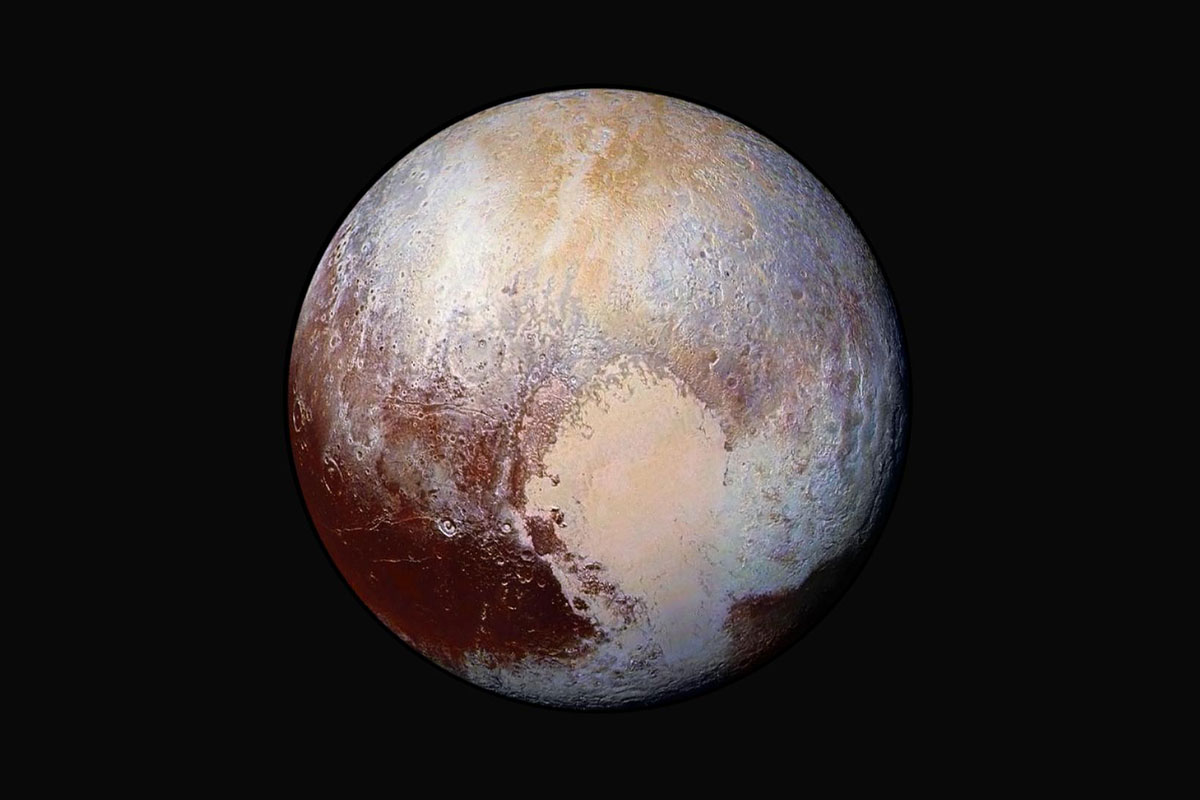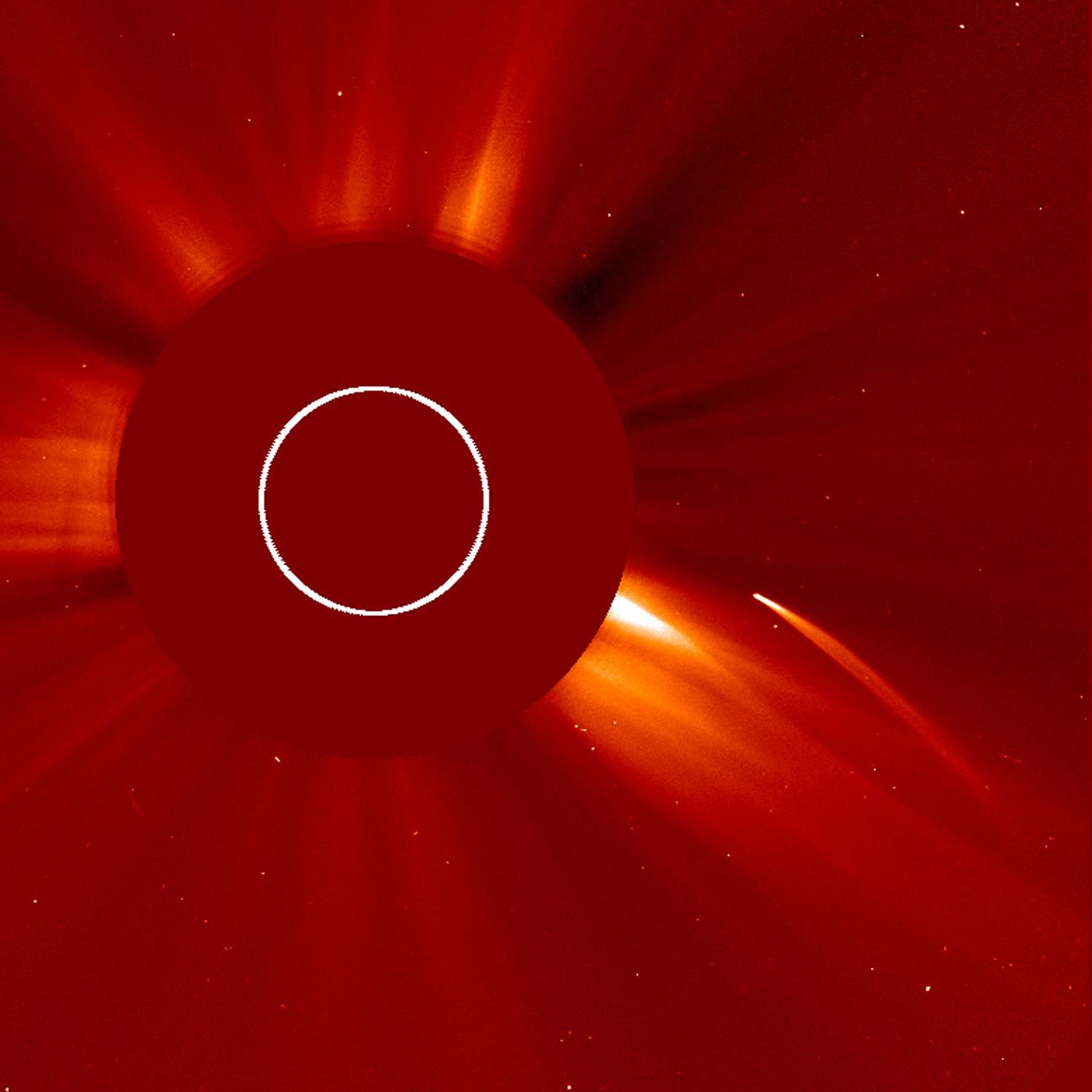Will we discover simple life somewhere? Maybe on Enceladus or Europa in our Solar System, or further away on an exoplanet? As we get more proficient at exploring our Solar System and studying exoplanets, the prospect of finding some simple life is moving out of the creative realm of science fiction and into concrete mission planning.
As the hopeful day of discovery draws nearer, it’s a good time to ask: what might this potential life look like?
Continue reading “These Ancient Microbes Give a Glimpse of What Extraterrestrial Life Might Look Like”
